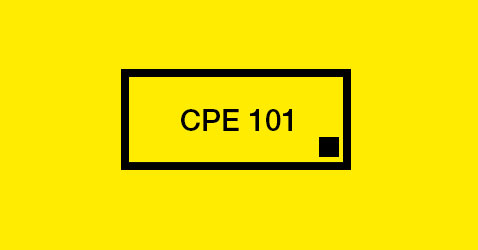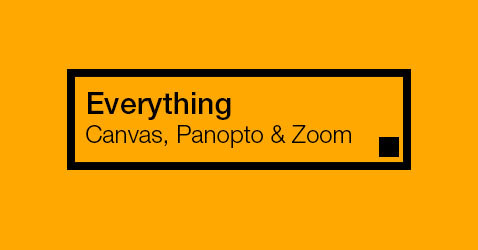Our services span a wide range.
Training in Student-Centered Design
CPE is inclined towards adopting a student-centred approach to teaching because the traditional teaching and learning methods often fail to acknowledge the diversity in the student body, therefore fall short in offering a flexible learning where the needs of most, if not all, learners are catered to. It focuses on Student Centred Design for its rewarding outcomes as it seeks to identify the approaches that promise maximal effectiveness. It is essential to foster an academic culture where all the stakeholders are equally involved and engaged, where students find themselves as learners and not merely recipients to whom knowledge is just being disseminated to. Instructors also find themselves more secure than before upon realizing that they are making ‘learning’ happen and are not merely instructional machines dispensing knowledgeCreating interdisciplinary courses
Having an initiative that encourages faculty to cooperate with each other on creating interdisciplinary courses is wonderful because not only does that give the chance for so many to learn from others that have something unique to teach them but it is also emulative of real-life scenarios where disciplines and fields merge all the time to provide useful results.Fine tuning your courses for improved learning experience
Moving past passive learning and exerting extra effort to enrich the course experience for students is one of the most important ways to increase engagement and improve the learning experience and outcomes for any given course. CPE promotes a technology savvy model to incorporate active learning in the learning process. Setting up a dialectic of learning activities in which students move back and forth between having rich new experiences and engaging in deep, meaningful dialogue, can maximize the likelihood that the learners will experience significant and meaningful learning.Trainings
Faculty Training is the crux of what we do. In addition to our annual set of trainings that take place in August every year, we offer customized sessions too throughout the year, tailored to the needs of any member who desires help in any specific areas. Our trainings are focused just as well on newly joined faculty as they are open to seasoned members of our community who want their skills revised or refreshed.Remote and Online Learning
Online teaching is not an entirely new phenomenon with aspects of it being adopted even before the pandemic struck. There are so many features utilised in online teaching such as translation tools, group video calls, LMS, etc. With learning from home having been mandated by circumstances, the university sprung into action for a smooth and quick transfer of classes online. In this endeavour it provided all required training to faculty as well as students. It is noteworthy that these resources were not just one time training resources rather options available to the Habib community at any time they wished to make use of them.Technology Platforms & Support
From August 01, 2020, Habib University migrated to Canvas, replacing Sakai. Canvas includes a rich variety of built-in course construction and management tools that can be customized to create unique and accessible teaching and learning experiences. Instructional designers and instructors may create and share course content using Assignments, Discussions, Modules, Quizzes, and Pages. They may also choose to foster a collaborative learning experience using Collaborations, Conferences, and Groups. Depending on course settings, students can access these areas in Canvas to find learning materials and interact with other course users.
To provide a more seamless, user-friendly and comprehensive video recording, editing, management and sharing experience, Habib University acquired the Video Management Platform, Panopto. It enables faculty to centrally manage their recorded lectures, and is integrated with Zoom. With Panopto, faculty can now easily create videos, automatically generate captions, add assessments inside the videos and have a very powerful search engine within the videos making video search and management very easy. All of these features are available on both desktop and mobile platforms. Panopto is thus the primary tool faculty use for the creation and curation of asynchronous video content. Students can also use Panopto to record their own video presentations. Panopto is excellent for managing all media assets. It is a secure and searchable video platform, and is integrated with both Zoom and our LMS (Canvas).
HU uses Oracle’s PeopleSoft Campus Management Solutions, which has been designed specifically for higher education institutions. Faculty can automate course enrolment, record grades and attendance, and monitor student progress and academic advisement.
Habib University has acquired an institutional license for Zoom, which enables faculty to teach in remote and blended teaching environments. Zoom video and web conferencing allows up to 300 participants to simultaneously collaborate over the Internet and offers faculty many options for collaboration and engagements, including: HD audio and video, screen sharing, whiteboards, annotation, breakout rooms, in-meeting chat, etc.

